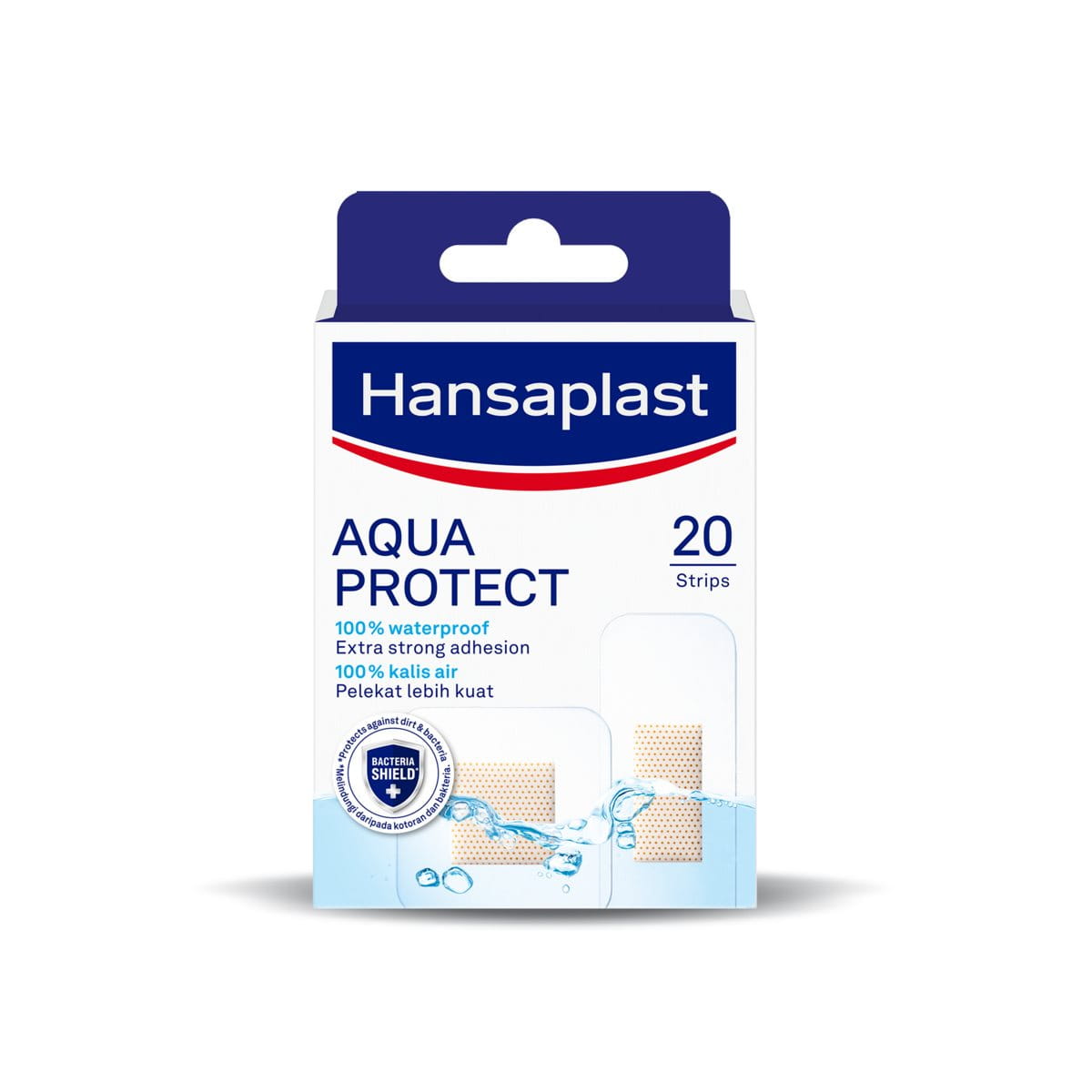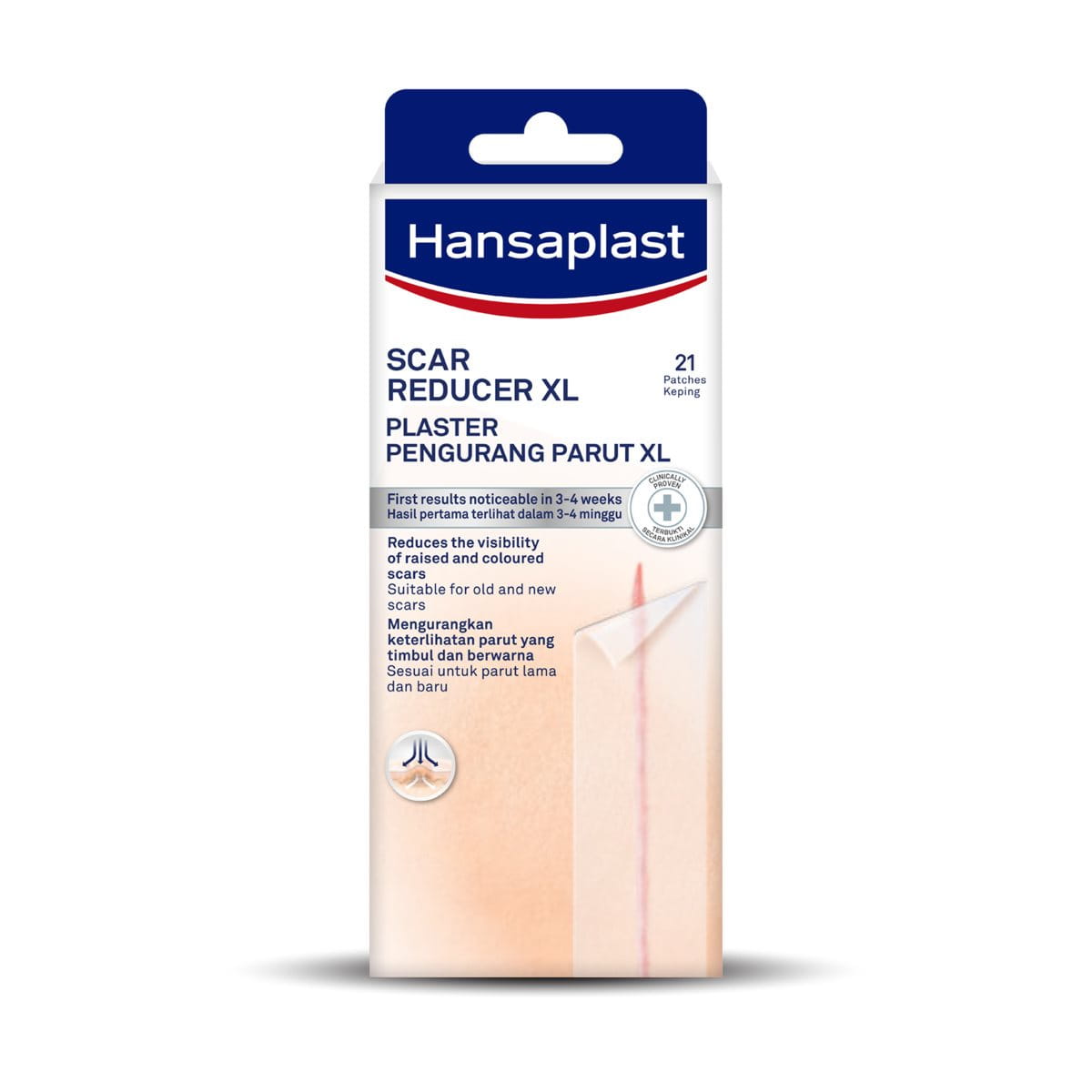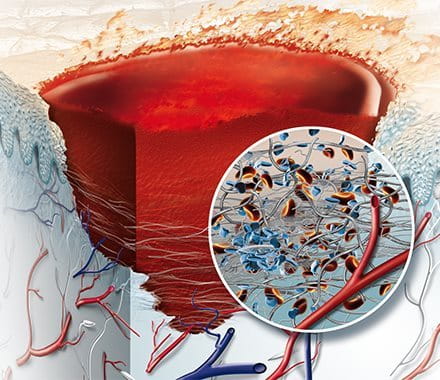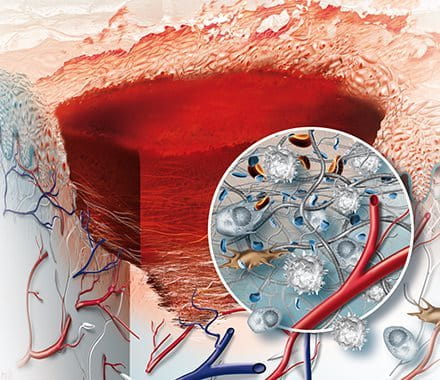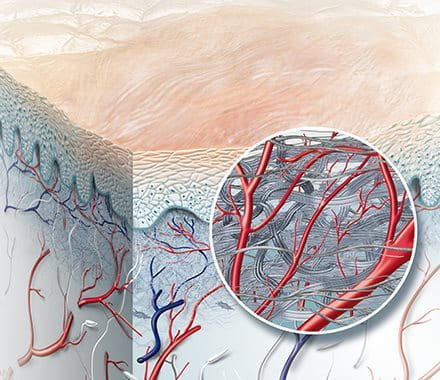Understanding the stages of wound healing
How to speed up wound healing?
1. Cleanse

A clean and cleansed wound essential first step for optimal healing. Cleanse your wound from dirt, bacteria and visible particles with the Hansaplast Wound Spray to prevent infections.
2. Protect

The second step is to protect your wound from dirt and bacteria to enable and undisturbed healing. Cover your wound with a plaster, sterile wound dressing or compress from Hansaplast.
3. Heal

Studies have shown that under moist conditions cells will grow, divide and migrate at an increased rate to optimize the wound healing process. In a moist healing environment, scabs- which inhibit the formation of new tissue – are prevented. This helps reduce the risk of scarring, improving the aesthetic outcome.
The benefits of moist wound healing

- No crust formation
- Faster wound healing
- Reduced risk of scarring
How the Hansaplast Wound Healing Ointment supports natural wound healing
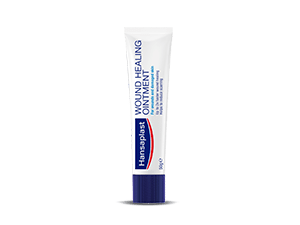
The advantages of Hansaplast Fast Healing plasters
The Hansaplast Fast Healing plasters are based on an advanced technology providing optimal moist wound healing conditions and permitting control of the moisture level and temperature of the wound. They are suitable for covering all types of smaller wounds, even those after minor surgery.
